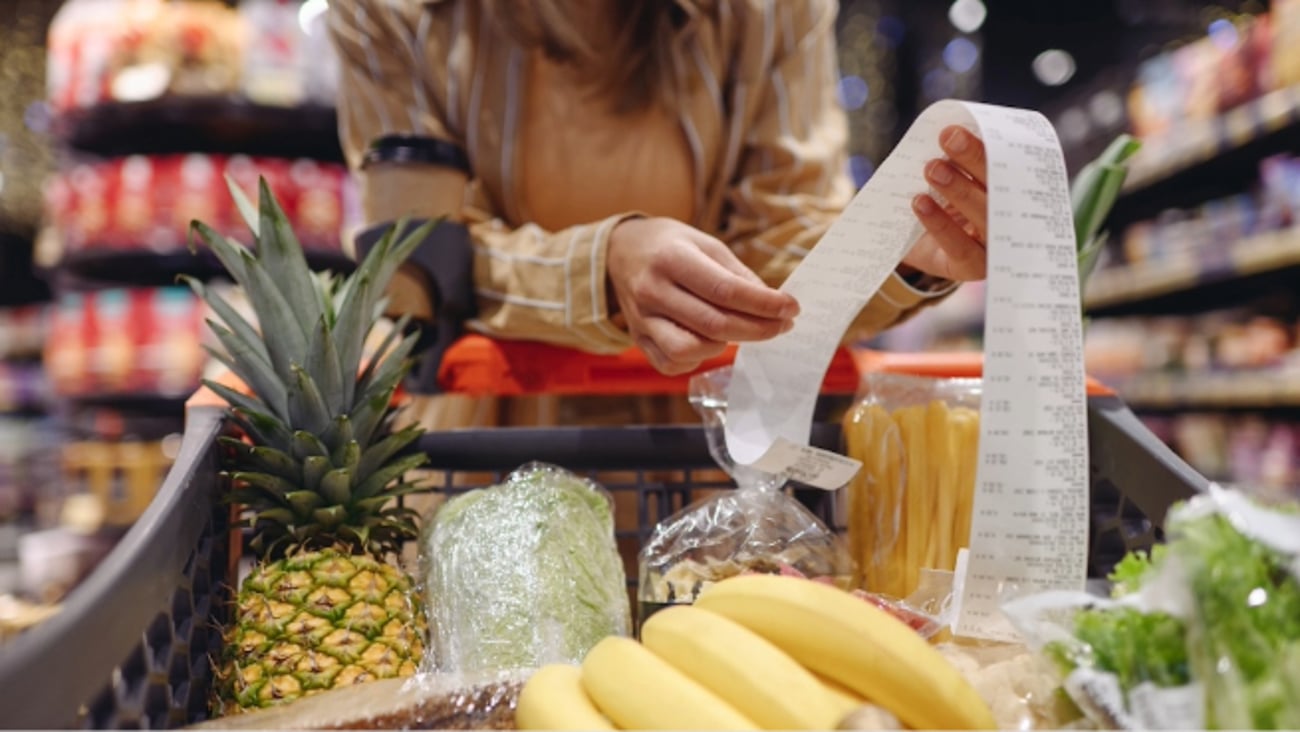Competition to win the online grocery battle heats up
Increasingly, grocers are going
virtual. At some point over the last 12 months the major players have committed to an e-commerce strategy. Costco launched its home delivery pilot in Ontario, while Maxi in Quebec introduced its click and collect program. In other words, grocers are no longer content waiting for customers to walk through the door, ready to spend money on food. Grocers are now accepting they must go after, and work harder for, the money.
The proverbial wake up call for food retailers came when Amazon purchased Whole Foods in the U.S. in August 2017. The biggest concern among grocers was that it would drive down prices, even in Canada. This has not yet happened, at least not in any direct way. Food inflation is not strong, but the sector isn't experiencing any deflationary pressure either.
What is happening: consumers are gradually walking away from traditional grocery stores. Some are drawn to specialty stores, but many are buying online and often from suppliers selling unique products not available through major outlets. Habits are changing. Some estimate online food sales account for 1.5% of all food retail sales in Canada, with some grocers seeing online sales growth reach double digits. Given that we are one of the most connected nations in the world, this could go up to 7% within the next 10 years, which equates to approximately $10 billion in sales. This would represent more than 800 decent-sized stores in today’s food distribution landscape.
Canada is essentially catching up to several other industrialized countries. Ireland and the United Kingdom are at 7.5% in online grocery sales. France is little more than 5.5%. Canadians are nowhere near that level, as most of us never considered online food shopping until recently. Now it’s in the media almost every week, enticing Canadians to think differently about food outlets and how they might want to shop.
Grocers weren’t overly enthusiastic in embracing e-commerce, either. They were concerned about lost foot traffic and reduced same-store sales, precious metrics in the business. But, Amazon’s clear commitment to food retailing changed everything. The sector is now playing defense and retailers are trying to embrace their new reality. Basically, an online shopper is more strategic, leaving little room for impulse purchases. In a physical store, senses and emotions can trick you into buying products you don’t need. Grocers are slowly learning how to add on sales while transacting with a customer who has access to neatly presented information in real-time, all the time--a scary thought for the conservative type in the industry.
Not everyone is comfortable online shopping, however. It involves research, technical know-how and time. But since the internet and social media have become so prominent in people's lives, chances are, over time, the number of shoppers willing to buy food online will outnumber those reluctant to do so.
More competition will only make things more complicated for grocers. If it’s death by a thousand cuts for the industry, everyone wants to be the one holding the blade. All the major players want in, but in the end only a few will deploy an e-commerce strategy that will “click” with Canadian consumers.




